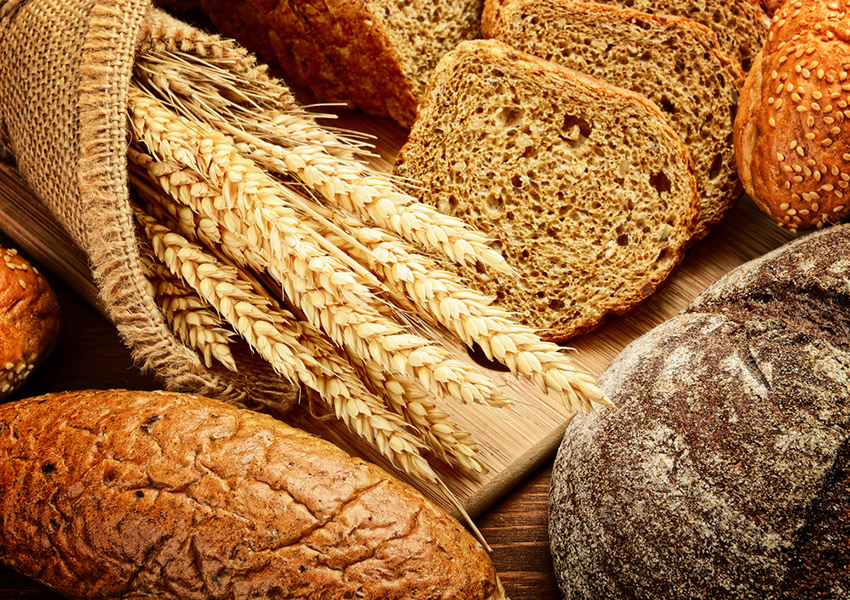FDA Approves Gluten-Free Label

Not gluten-free. Bread and wheat photo via shutterstock.
For the 3 million Americans who have celiac disease, and for those suffering with gluten sensitivities, and for the countless others that are going gluten-free because it’s trendy, yet they have no clue why they’re really doing it (since at this time there is no medical reason to go gluten-free without celiac or gluten sensitivity), good news: there’s finally a federally-approved labeling system for gluten-free products.
The FDA announced Friday that they issued a final rule that determines exactly what characteristics a food has to have in order to bear a label that proclaims it “gluten-free.” Finding real gluten-free food items can be tricky. It’s oh-so-trendy to offer gluten-free items in restaurants and pizza joints. But if those pizzeria’s don’t have separate kitchens when they’re making (or defrosting) their “gluten-free” crust, then contamination could be present. For some people with celiac, even breathing gluten-laden air can make them sick for a week.
“Adherence to a gluten-free diet is the key to treating celiac disease, which can be very disruptive to everyday life,” says FDA Commissioner Dr. Margaret A. Hamburg in a statement. “The FDA’s new ‘gluten-free’ definition will help people with this condition make food choices with confidence and allow them to better manage their health.”
Having a federal definition will standardize the meaning of “gluten-free” claims across the food industry, and with that comes regulations, which is something that celiac sufferers have long hoped for. It requires that in order to use the term “gluten-free” on a label, the food must meet all of the requirements of the definition, including that the food must contain less than 20 parts per million of gluten.
The rule also requires foods with claims like “no gluten,” “free of gluten,” and “without gluten” to meet the definition for “gluten-free.” Food manufacturers will have a year to bring their labels into compliance with the new requirements. According to the FDA, the term “gluten” refers to proteins that occur naturally in wheat, rye, barley, and cross-bred hybrids of these grains:
In people with celiac disease, foods that contain gluten trigger production of antibodies that attack and damage the lining of the small intestine. Such damage limits the ability of celiac disease patients to absorb nutrients and puts them at risk of other very serious health problems, including nutritional deficiencies, osteoporosis, growth retardation, infertility, miscarriages, short stature, and intestinal cancers.


